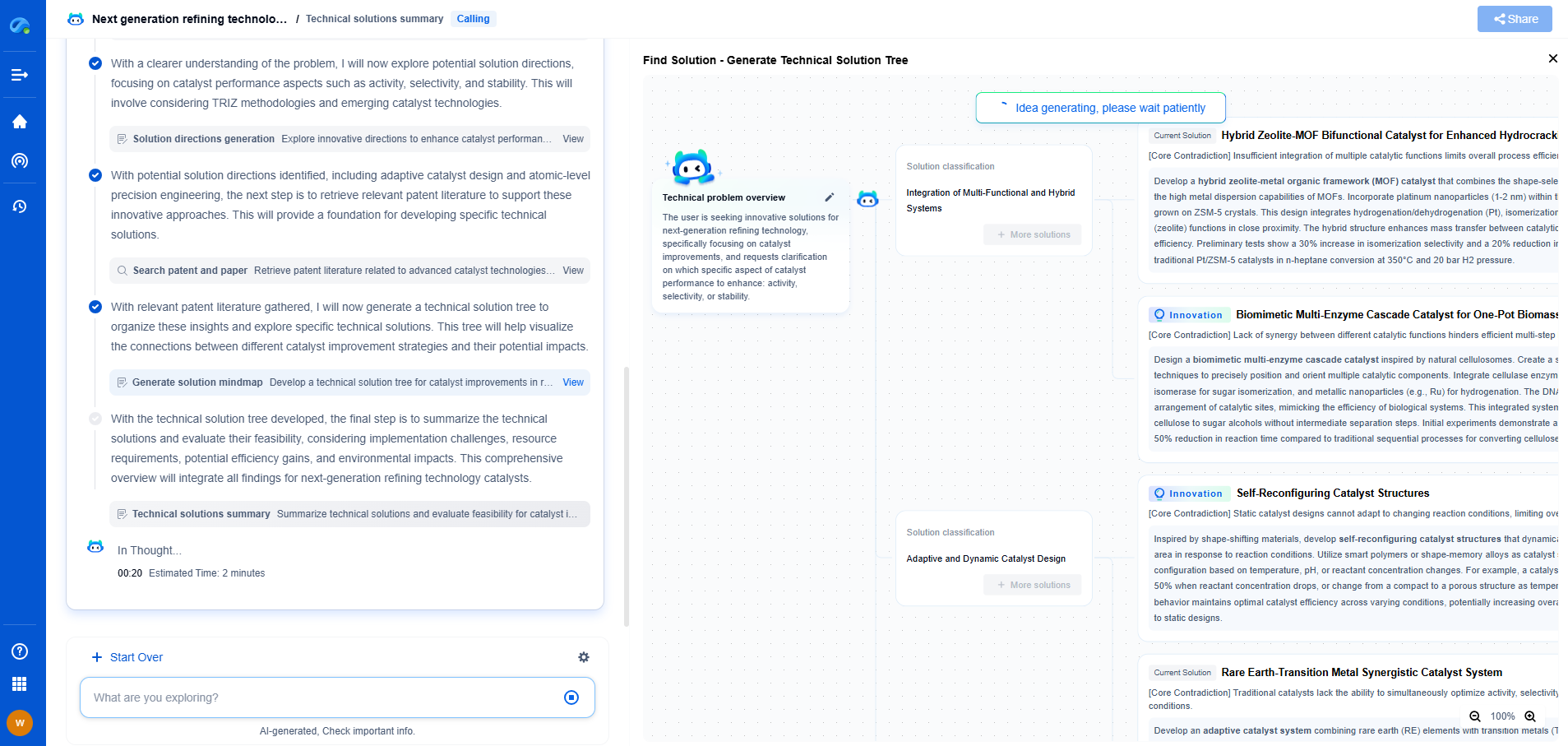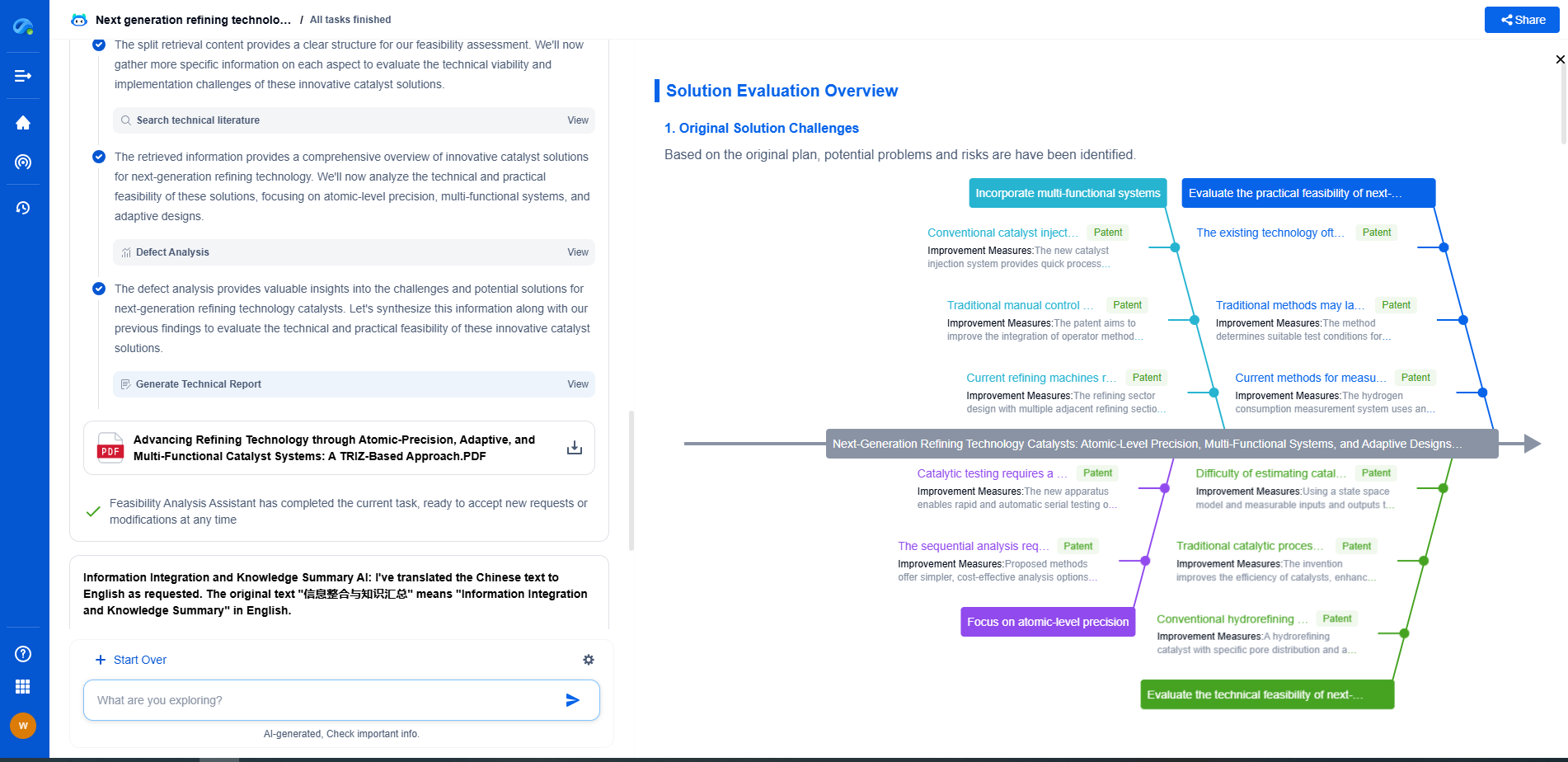Leadless Capacitor Solder Joint Failures: How to Avoid Cracking During Thermal Cycling
JUL 9, 2025 |
As electronic devices evolve, the demand for compact and efficient components is ever-growing. Leadless capacitors, known for their reduced size and excellent performance, have become increasingly popular in various applications. However, these components face a significant challenge: the risk of solder joint failures due to thermal cycling. Understanding the causes and implementing preventive measures is crucial for ensuring the reliability and longevity of electronic devices.
Understanding Thermal Cycling and Its Impact
Thermal cycling refers to the process of repeatedly heating and cooling a material or component, which can lead to mechanical stress and eventual failure. In the context of leadless capacitors, thermal cycling can cause the solder joints that connect the capacitors to a circuit board to crack. This cracking results from the differential expansion and contraction of materials, leading to mechanical fatigue over time.
Factors Contributing to Solder Joint Failures
Several factors contribute to solder joint failures in leadless capacitors during thermal cycling. One primary factor is the mismatch in the coefficient of thermal expansion (CTE) between the capacitor material and the substrate. This mismatch results in stress concentrations at the solder joint, increasing the likelihood of cracking. Additionally, the solder material itself can be prone to fatigue, especially if it lacks the necessary ductility and strength to withstand repeated thermal cycles.
Material Selection and Design Considerations
Choosing the right materials for both the solder and the substrate is critical in mitigating solder joint failures. It's essential to select solder materials with high ductility and fatigue resistance. These properties can help accommodate the thermal expansion and contraction without fracturing. Furthermore, designers should carefully consider the CTE compatibility between the capacitor and the PCB material to minimize stress concentrations.
Incorporating robust design practices can also play a pivotal role in preventing failures. For instance, ensuring an even distribution of solder and optimizing the pad design can help reduce mechanical stress. Additionally, using underfill materials can enhance the mechanical support of solder joints, distributing stress more evenly and reducing the risk of cracking.
Manufacturing Process and Quality Control
The manufacturing process is another critical aspect where attention to detail can prevent solder joint failures. Implementing stringent quality control measures during the soldering process can significantly improve joint reliability. This includes maintaining precise control over soldering temperature and time to avoid overheating, which can weaken solder joints.
Moreover, using automated optical inspection (AOI) and X-ray inspection techniques can help detect potential defects early in the manufacturing process. These inspection methods provide a non-destructive means of evaluating solder joint quality, enabling manufacturers to address issues before products reach the market.
Considerations for Thermal Cycling Testing
Testing leadless capacitors under controlled thermal cycling conditions is essential to evaluate their reliability. This involves subjecting prototypes to repeated temperature variations to simulate real-world conditions. By monitoring the performance and integrity of solder joints throughout the testing phase, manufacturers can identify vulnerabilities and make necessary design adjustments before mass production.
Conclusion
Solder joint failures in leadless capacitors during thermal cycling pose a significant challenge to the reliability of electronic devices. However, by understanding the underlying causes and implementing strategic preventive measures, designers and manufacturers can significantly reduce the risk of cracking. Through careful material selection, robust design practices, precise manufacturing processes, and thorough testing, the durability of leadless capacitors can be enhanced, ensuring consistent performance in various applications.
Looking to accelerate your capacitor innovation pipeline?
As capacitor technologies evolve—from miniaturized MLCCs for smartphones to grid-scale energy storage devices—so must the way your team accesses critical knowledge.
Patsnap Eureka, our intelligent AI assistant built for R&D professionals in high-tech sectors, empowers you with real-time expert-level analysis, technology roadmap exploration, and strategic mapping of core patents—all within a seamless, user-friendly interface.
Try Patsnap Eureka now and discover a faster, smarter way to research and innovate in capacitor technology.
- R&D
- Intellectual Property
- Life Sciences
- Materials
- Tech Scout
- Unparalleled Data Quality
- Higher Quality Content
- 60% Fewer Hallucinations
Browse by: Latest US Patents, China's latest patents, Technical Efficacy Thesaurus, Application Domain, Technology Topic, Popular Technical Reports.
© 2025 PatSnap. All rights reserved.Legal|Privacy policy|Modern Slavery Act Transparency Statement|Sitemap|About US| Contact US: help@patsnap.com

